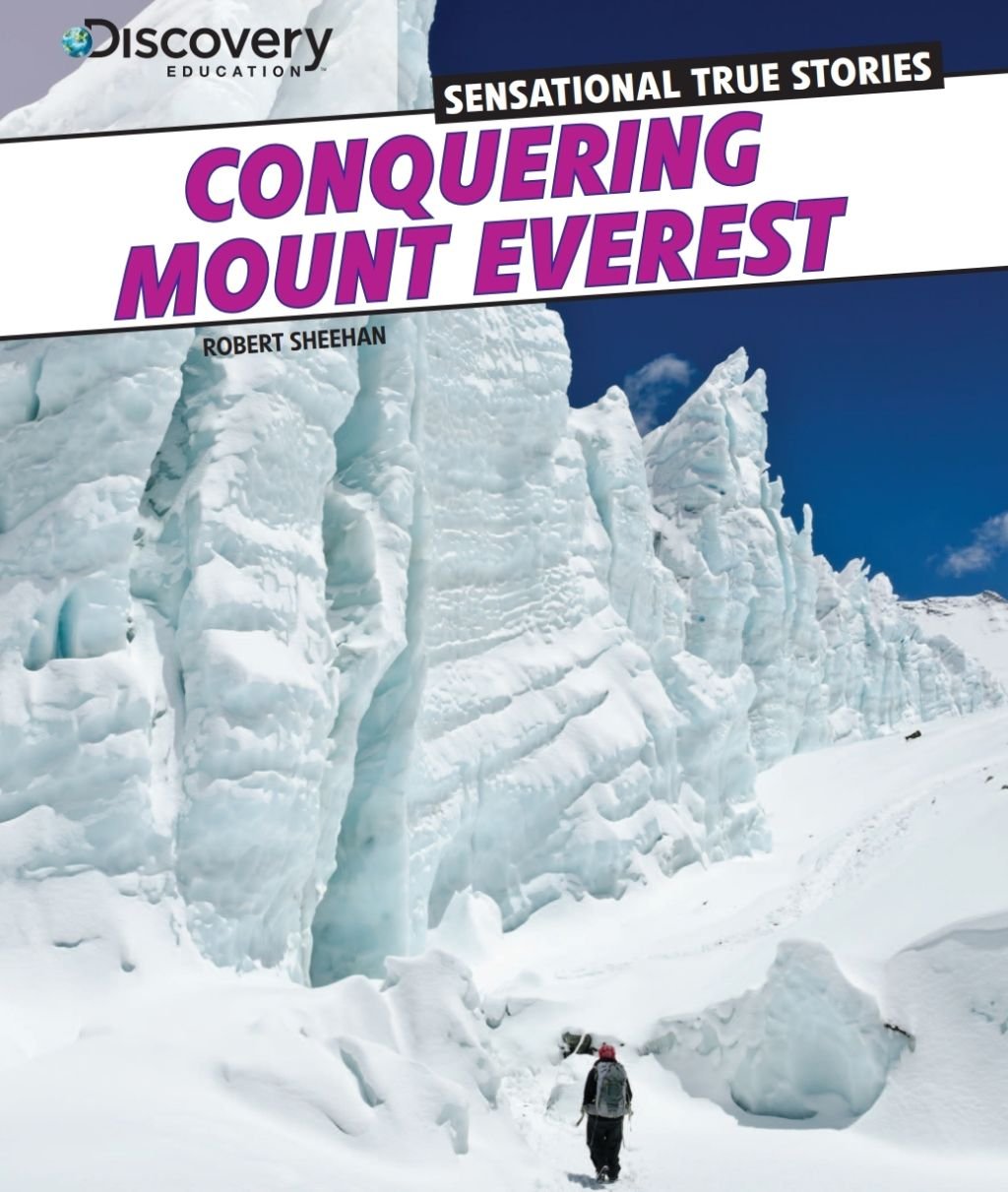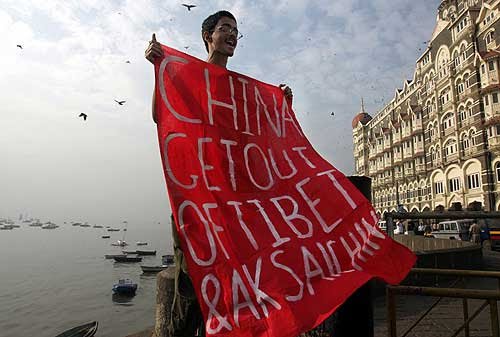Conquering Everest: Securing Your Mount Everest Travel Permits

Embarking on an expedition to the world’s highest peak, Mount Everest, requires meticulous planning and stringent adherence to regulations. Paramount among these preparations is acquiring essential travel permits, which serve as the gateway to this extraordinary adventure.

Types of Permits

To traverse Mount Everest, one must obtain three primary permits:
- Nepal Entry Visa: Required for all foreign visitors entering the country.
- Everest National Park Permit: Grants access to the protected area surrounding Mount Everest.
- Climbing Permit: Issued by the Nepal Mountaineering Association and specifies the designated climbing route and team size.
Application Process
The permit application process involves submitting detailed information via licensed trekking agencies in Nepal. Typically, the following steps are involved:
- Choosing an Agency: Engage with a reputable agency that has experience in guiding Everest expeditions.
- Submitting Documents: Provide passport copies, expedition itinerary, mountaineering experience, and medical clearance.
- Permit Fees: Pay the requisite fees, which vary depending on the expedition duration and route.
- Permit Issuance: After verifying the submitted documents, permits are typically issued within a few weeks.
Additional Considerations
In addition to the core permits, consider obtaining these optional documents:
- Garbage Deposit: To ensure responsible waste management, a deposit is required before the expedition, which is refunded upon return of all garbage.
- Liaison Officer: A liaison officer, appointed by the expedition agency, serves as a liaison between the team and government officials.
- Medical Insurance: Comprehensive medical coverage is essential for unforeseen medical emergencies.
Timeline
Permit applications should be submitted several months in advance, preferably six to nine months before the intended expedition date, to allow ample time for processing.
Importance
Obtaining the necessary permits is crucial for several reasons:
- Safety and Legality: Permits ensure compliance with local regulations and provide official authorization for the expedition.
- Environmental Protection: Permits contribute to the preservation of the Everest ecosystem by promoting responsible mountaineering practices.
- Expedition Management: Permits facilitate efficient crowd control and minimize potential conflicts between climbers.
By meticulously securing all required permits, you can embark on your Everest expedition with confidence, knowing that you have met all legal and ethical requirements.## Conquering Everest: Securing Your Mount Everest Travel Permits
Executive Summary
Embarking on an expedition to Mount Everest is a transformative adventure that requires meticulous planning and preparation. Central to this process is securing the necessary travel permits, which serve as your official authorization to traverse the slopes of the world’s highest peak. This comprehensive guide provides a step-by-step breakdown of the Mount Everest travel permit process, empowering you with the knowledge and insights to navigate this critical aspect of your journey.
Introduction
Mount Everest, towering over the Himalayas at an awe-inspiring 8,848 meters, beckons adventurous souls with its pristine beauty and formidable challenges. Scaling this legendary mountain demands not only physical endurance but also a comprehensive understanding of the necessary permits and regulations. Securing these permits is paramount to ensure a safe and compliant expedition, safeguarding the pristine environment and respecting the local regulations.
Types of Travel Permits
1. Mount Everest National Park Entry Permit
- Required for all visitors entering Sagarmatha National Park, where Mount Everest is located.
- Available at the park entrance or through authorized travel agencies.
- Fee: Varies depending on the season and duration of stay.
2. Mount Everest Restricted Area Permit
- Required for trekking above 3,800 meters within the park.
- Issued by the Government of Nepal’s Immigration Department.
- Fee: May vary based on the duration of the trek.
3. Special Climbing Permit
- Required for individuals attempting to summit Mount Everest.
- Issued by the Nepal Mountaineering Association.
- Fee: Significantly higher than other permits, can reach up to several thousand dollars.
4. Garbage Deposit Fee
- Required for all climbers to offset the costs of waste management on the mountain.
- Fee: Calculated based on the size and duration of the expedition.
5. Conservation Fee
- Contributes to the conservation efforts within Sagarmatha National Park.
- Fee: Nominal amount per trekker or climber.
Application Process
1. Determine Your Trekking or Climbing Plan
- Establish the duration, route, and team size of your expedition clearly.
2. Contact a Reputable Travel Agency
- Experienced travel agencies can guide you through the process and provide logistical support.
3. Submit Application Forms
- Complete and submit the required application forms for the Mount Everest National Park Entry Permit, Mount Everest Restricted Area Permit, and Special Climbing Permit (if applicable).
4. Provide Supporting Documents
- Passport, medical clearance, insurance documents, and proof of payment are typically required.
5. Wait for Permit Approval
- Processing time can vary, so it’s crucial to apply well in advance.
Conclusion
Securing the necessary Mount Everest travel permits is an essential step in planning your expedition. By understanding the types of permits, the application process, and the importance of responsible trekking practices, you can ensure a smooth and memorable journey. Embrace the challenges of this iconic adventure with confidence, knowing that you have obtained the proper authorization to explore the slopes of Mount Everest and witness its breathtaking beauty firsthand.
Keyword Phrase Tags
- Mount Everest Travel Permits
- Mount Everest National Park
- Restricted Area Permit
- Special Climbing Permit
- Waste Management
